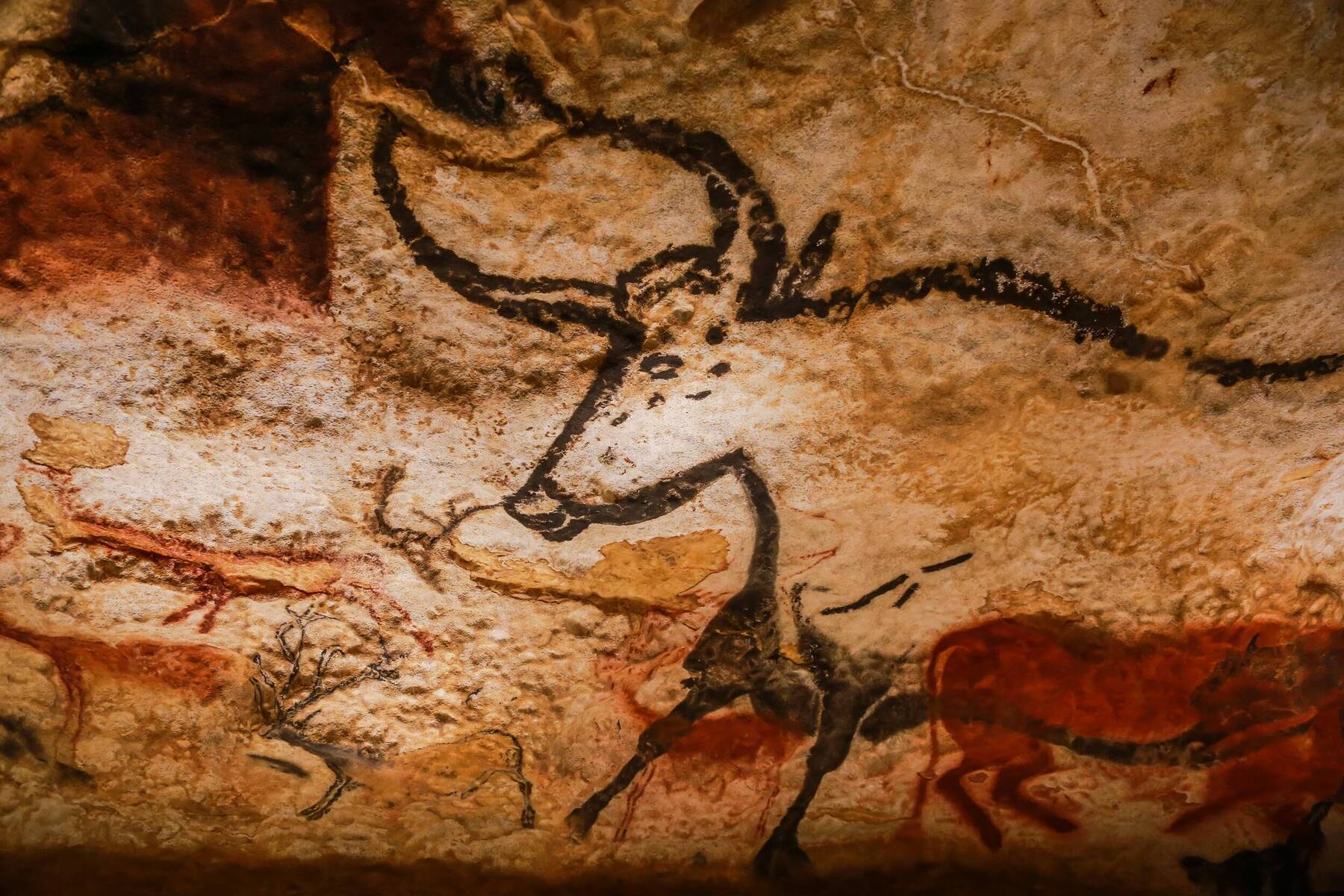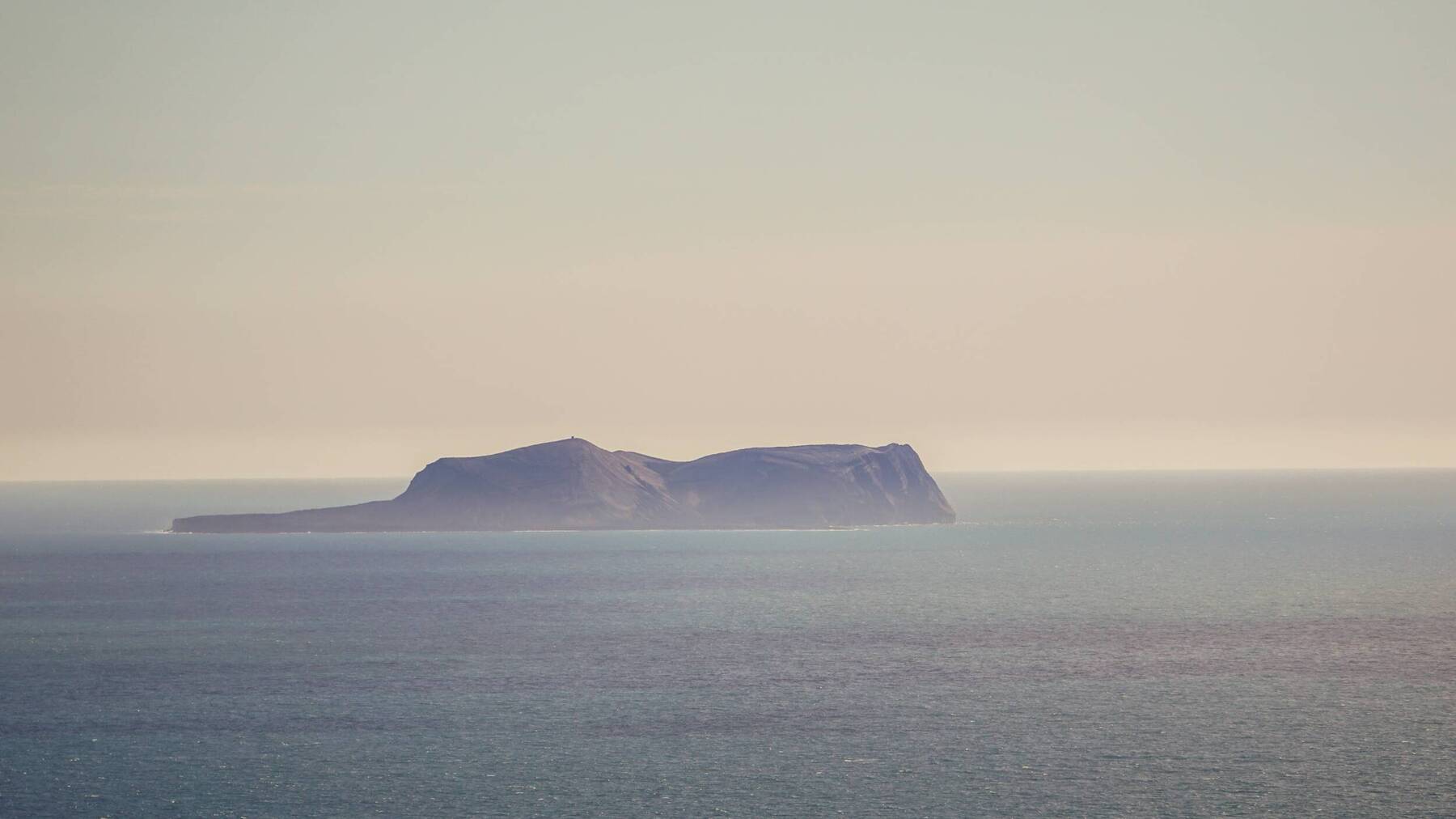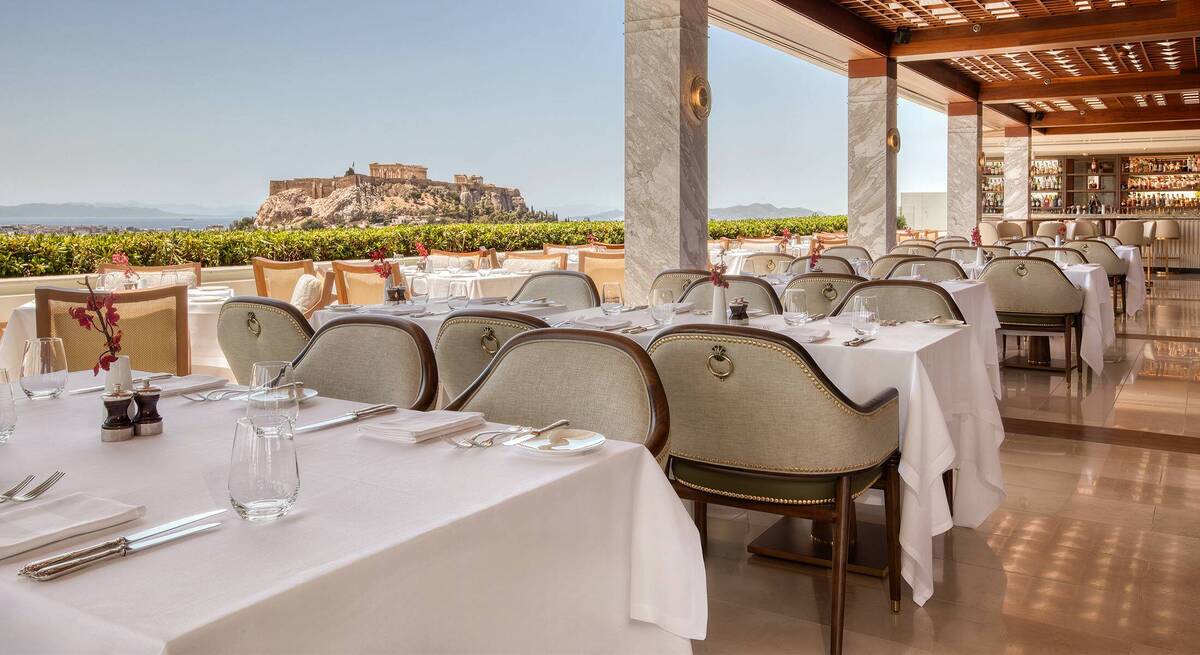North Sentinel Island
An idyllic private island in the Bay of Bengal, corals around its shores, lush with forests at its core, something like a chain of pearls wrapped around a perfect emerald. Nature is in abundance. It’s a place where industry does not exist. It is tranquil, unperturbed by the noise of infrastructure. It’s got great weather, meditative vistas, no roads, no towers, and it’s a perfectly navigable Manhattan in size. But the indigenous people of the island, the Sentinelese, like it enough to protect it, fiercely.
So much so that the island is infamous for its islanders, who have never had contact with the outside world. But that’s not quite true. British colonisers made their way to the island and from all accounts left the people with disease and fear, after kidnapping and subsequently causing the death of several of their elders. And more recently, Anthropologist Madhumala Chattopadhyay spent six days with them, and says that all they need “is to be left alone”. And so this enviable paradise stays as it is, perhaps the last true natural paradise on earth. With no queues for Instagrammable shots of a mountain ravine, no tickets to enjoy the woodlands, and no crowds on the beach. Just life unfolding as it has done for centuries.






















Comments